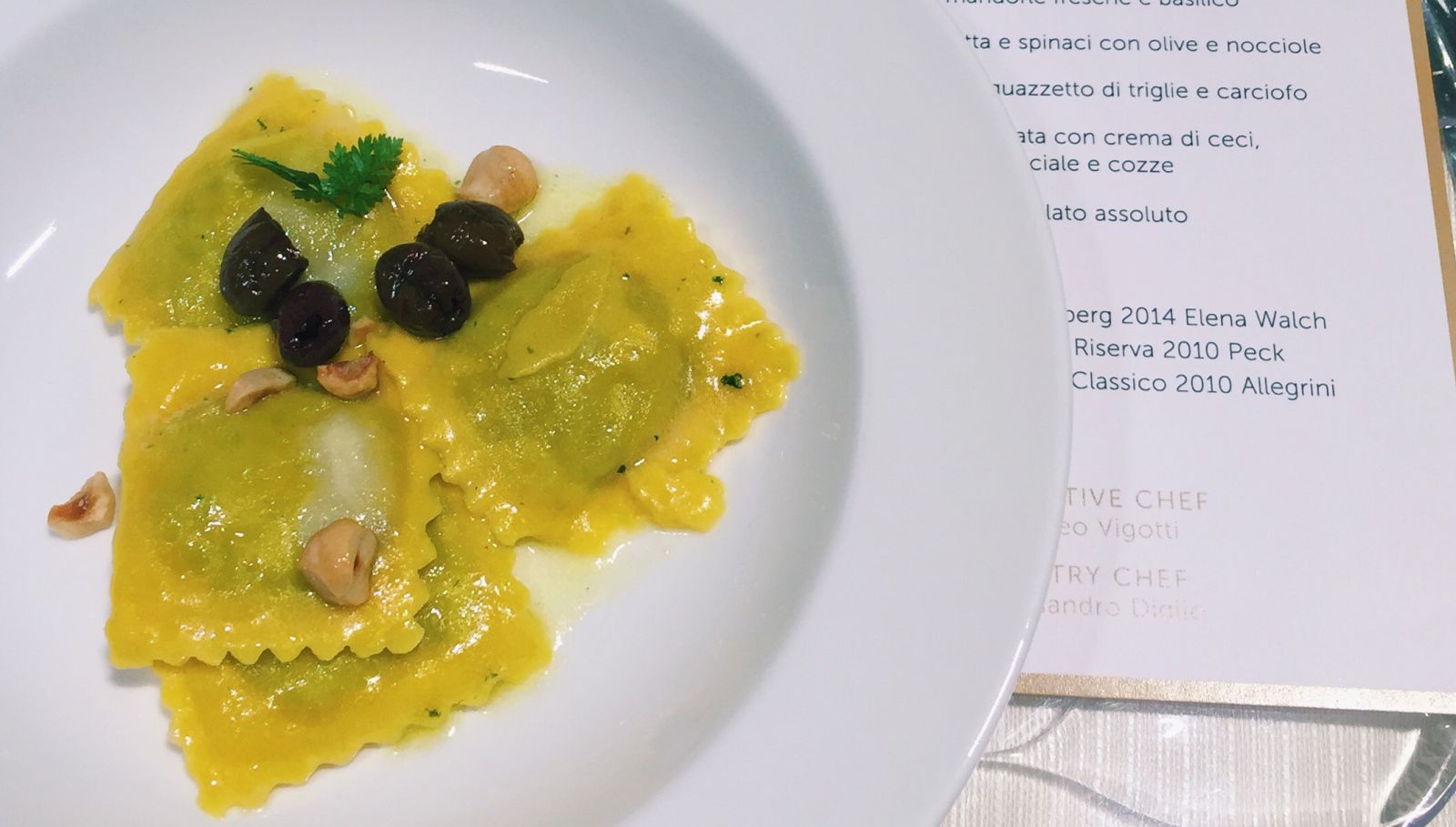Share This
Scientists participating in the Healthy Pasta Meal Scientific Consensus Conference in Milan, Italy on October 25 to 27, 2015, at the Fifth World Pasta Congress.
Oldways has long believed that pasta gets a bum rap. We keep finding that pasta is erroneously included in a long list of carbohydrate foods to avoid for a variety of reasons. Why? Carbophobia. Gluten-free trends. Miscommunications and confusion about pasta are just a few of the reasons for the fear of pasta.
With all the unhealthy foods on the market and the chime of Michael Pollan’s message, “Eat foods. Not too much. Mostly plants,” it’s surprising to us that pasta has been demonized. Pasta is minimally processed, made from a paste of durum wheat and water which is extruded through a die to make a pasta shape, or sheeted for a shape like lasagna, and then dried. What’s not to love, especially after topping it with other healthy foods like olive oil, greens, mushrooms, etc.? As David Katz from Yale said, “You don’t have to eat pasta to be healthy, but since you can, why wouldn’t you!”
To address the ballooning confusion among consumers about pasta, Oldways organized the 2015 Scientific Consensus Conference on the Healthy Pasta Meal, in conjunction with the 5th World Pasta Congress in Milan, Italy last week. This was the third Scientific Consensus Conference on the Healthy Pasta Meal organized by Oldways, with 20 scientists from 9 countries gathering to present the story of the healthfulness of pasta through scientific presentations and discussion about updating the Scientific Consensus Statement on the Healthy Pasta Meal.
Here’s what’s “new” in the updated statement – an added emphasis on some timeless truths that match recent research with common sense!
SUSTAINABILITY: Pasta is a simple plant-based food, and has a low environmental impact.
SPORTS: Pasta consumption is especially suitable for people who do physical exercise and particularly in sports. Pasta, as with other cereal foods, provides carbohydrates and is also a source of protein. Pasta may be used alone or lightly seasoned before training or combined with other foods after training, in order to improve physical performance. High protein and low carbohydrate diets are discouraged in active people.
GLUTEN-FREE STATEMENT: The general population can eat pasta and should not choose a gluten-free product if not affected by a gluten-related disorder that has been correctly diagnosed. For those with gluten sensitivities or allergies, or celiac disease, there are gluten-free alternatives.
BENEFICIAL EFFECT OF THE WAY PASTA IS MADE: There is a beneficial effect in the way pasta is made. The process of manufacturing reduces its glycemic response; few people realize pasta has a low glycemic index. Whole grain pasta, which provides more fiber, is also a good choice.



Add a Comment